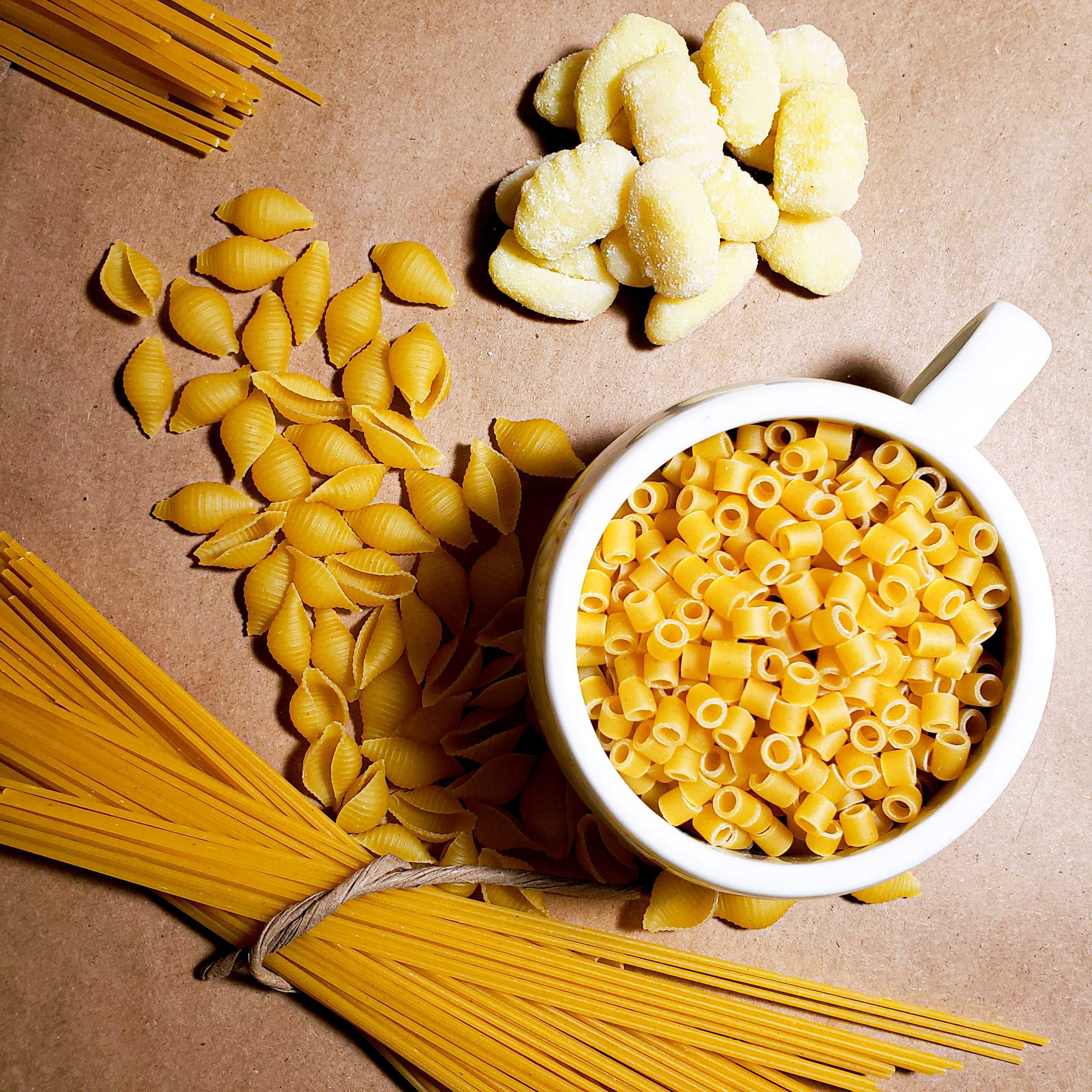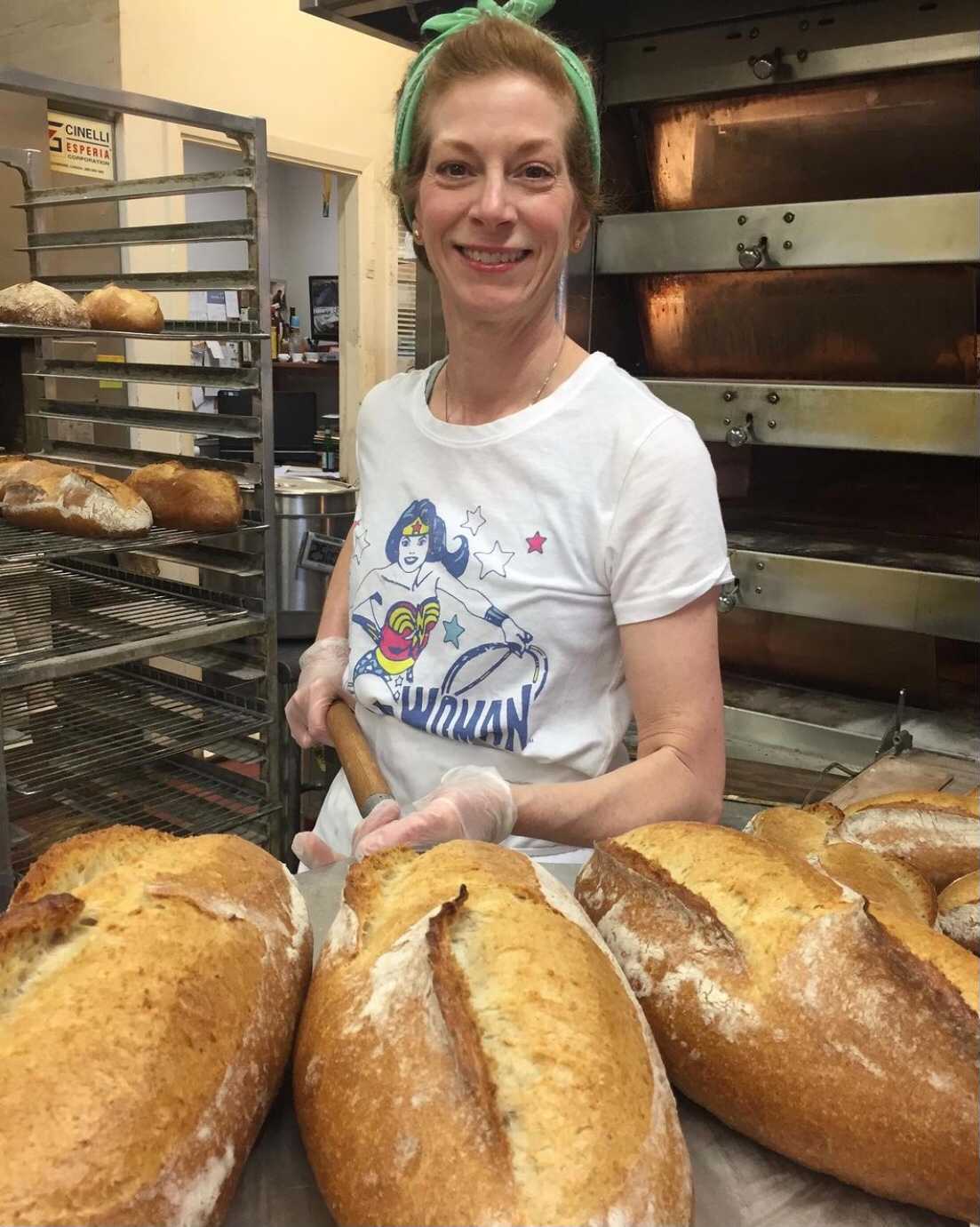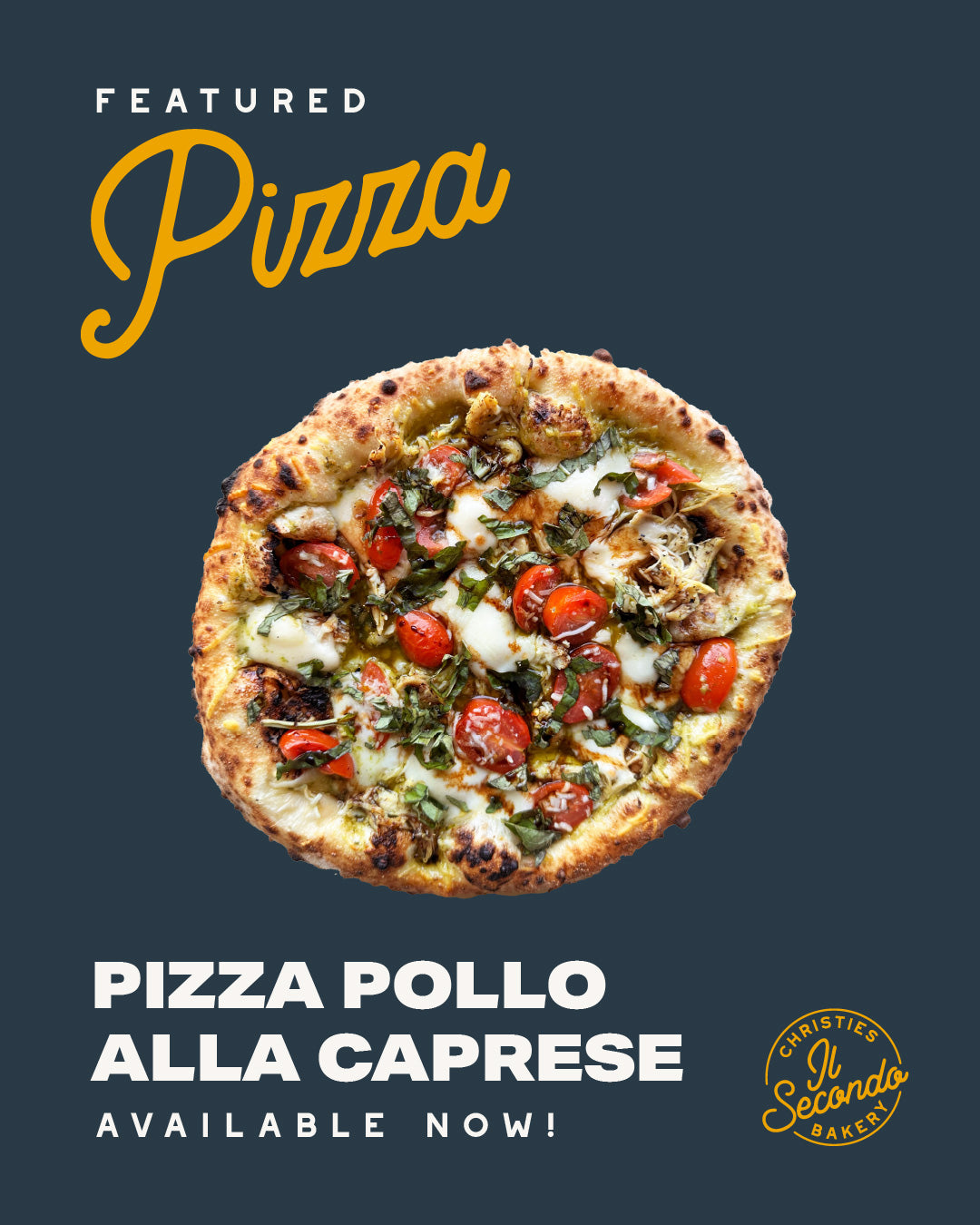A Pasta Guide

Pasta: it’s a simple five letter word, and it sounds like a simple meal right? You’ve got your carb, you’ve got your sauce, you combine and serve. Easy-a-pleasie. But we all know pasta is much more complicated than that. Sure you can boil your noodles, and you can get your sauce in a jar (and no one is blaming you if you do!). But, you can also kick things up a couple notches with different shaped (or even handmade) pasta, and pair that with varying styles and flavours of family or scratch-made sauce recipes; some sauces are red, some white, and some are even green. Those colours might remind you of a certain country’s flag, no? ;)
Let’s take a look at pasta, and some things we can do to spice up our day-to-day pasta routine.
Now when we get to the actual pasta, you may have a favourite or only keep a couple styles on hand. The awesome (and maybe daunting) thing about pasta is that there are literally hundreds of different types of pasta, each with their own special use! Why would there be so many types? Well some of it has to do with regional styles and traditions. However it’s also because there is a magical marriage between the right sauce and the right pasta: if your sauce is thick and creamy, you want a shape to hold that sauce just so, and if your sauce is chunky, you’ll want a different shape or consistency. When you get the combo right it makes for carb heaven on earth.
Whether you’re just getting into Italian cuisine (what took you so long!) or just looking for some more information for your kitchen journey, here’s a quick, little guide breaking down the different typical styles of pasta you mostly see on this side of the atlantic.
Long Pasta:
Spaghetti, linguini, angel hair, fettucini
This might be what pops into everyone’s minds when they think of pasta. Spaghetti is the classic: long, skinny tubes. Then you have fettuccine and linguine: flat versions of the classic spaghetti shape. Long pasta is best used for creamy or light sauces. Think carbonara or a simple tomato sauce. The less ingredients the better.
Short Pasta:
Penne, rigatoni, fusilli, rigatoni, farfalle
This category is the most creative with lots of variation. Penne and rigatoni are short tubes that have ridges on the outside. Fusilli and rigatoni are little twisted pasta shapes. A personal favorite, farfalle might be more commonly known as the bowtie pasta. The ridges and shapes of these pastas make them fantastic for chunkier sauces like a bolognese or veggie sauce.
Filled Pasta:
Gnocchi, ravioli, tortellini, manicotti
Gnocchi is traditionally made with potatoes, and is used in soups or served with a few, simple ingredients. But if we’re being honest, they go great with most sauces too! Ravioli can be filled with meat, cheese, vegetables, or a combination of the three and works well with a good sauce. Manicotti, like ziti, is usually stuffed and baked.
Pasta Sheets:
Lasagna
Alone in it’s own category, lasagna is used in, you guessed it, lasagna! There are different sizes and some are shaped slightly different, but they all serve the same purpose: layer up that meat and cheese and sauce baby!





